Exceptional Equine Services that We Provide for You & Your Horse
Referral hospitals certainly fill a need, but EMA strives to offer quality veterinary care on the farm as much as possible so you and your horse can avoid the hospital unless required.
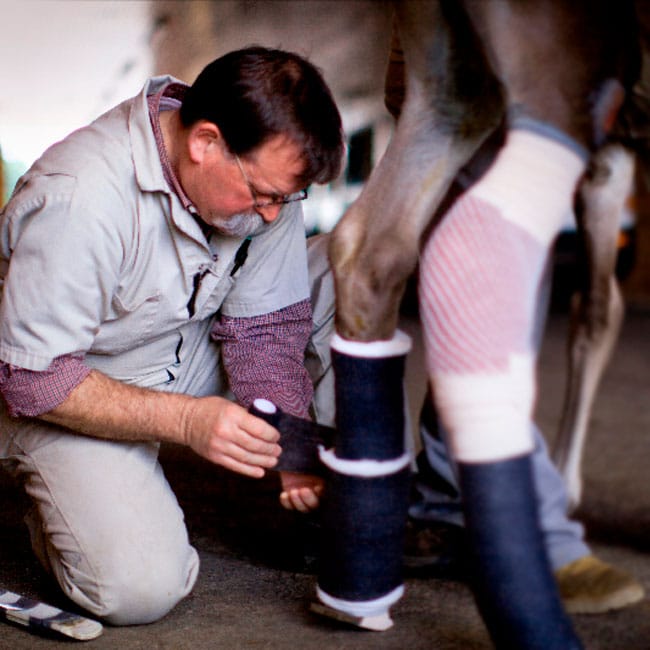
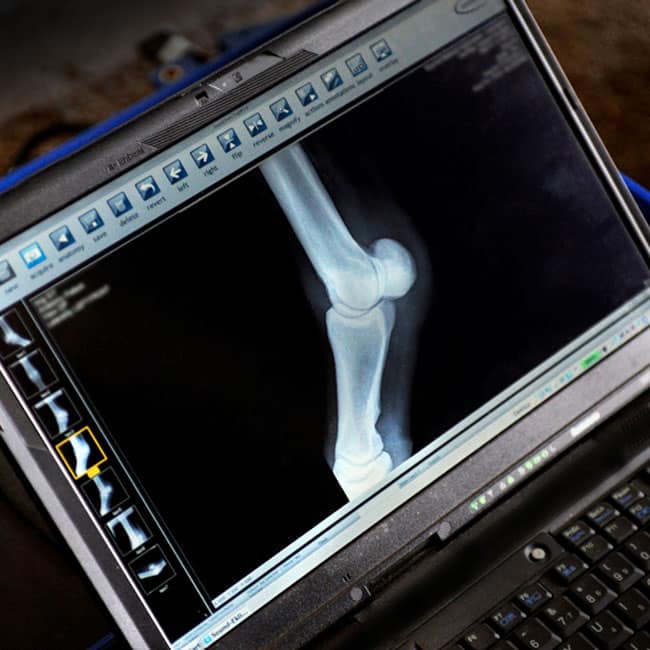
Diagnostic Imaging
Imaging in the field is a routine part of the services offered by EMA. Examining and imaging your horse where it lives saves time and costs. Images can be obtained by many, but quality images are obtained by fewer and fewer. Images reviewed and interpreted by several is a requirement at EMA
Quality images and accurate interpretations are a must if we are offering the best care for your horse.

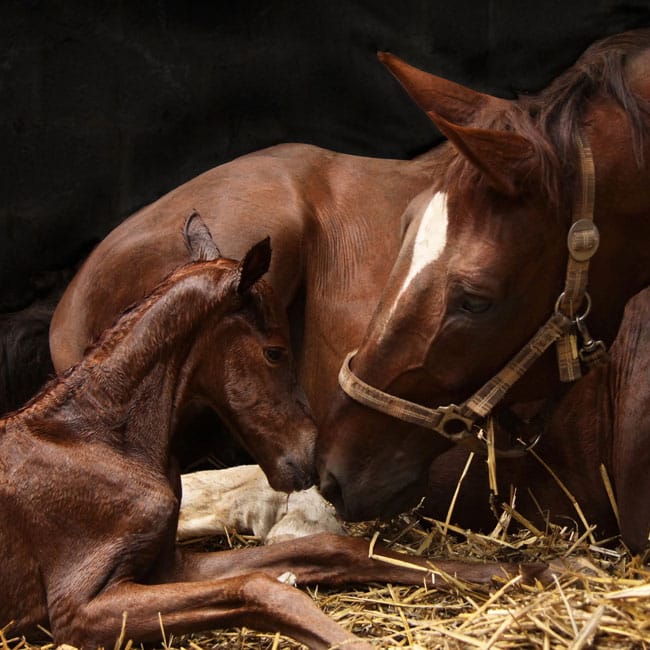
Reproductive Care
Reproductive care requires caring and striving for results without causing issues with your treatments. It requires constant and objective self-evaluation along with the desire for the best results, which is a foal or another pregnancy, followed by another. Trying hard is what EMA veterinarians are known for.
Services attending to the wellness of foals, broodmares, and stallions
Stallions: Complete semen collection and evaluation, fertility insurance, and management of fertility.
Broodmares: Management of natural service, and advanced reproductive techniques, including artificial insemination and embryo transfers.
Foals/Yearlings: From neonatal exams to monitoring foal population for infectious disease and conformation analysis.
Herd Health: Vaccination and deworming recommendations for this area and complete dental exams and therapy.

Stallions: Complete semen collection and evaluation, fertility insurance, and management of fertility.
Broodmares: Management of natural service, and advanced reproductive techniques, including artificial insemination and embryo transfers.
Foals/Yearlings: From neonatal exams to monitoring foal population for infectious disease and conformation analysis.
Herd Health: Vaccination and deworming recommendations for this area and complete dental exams and therapy.
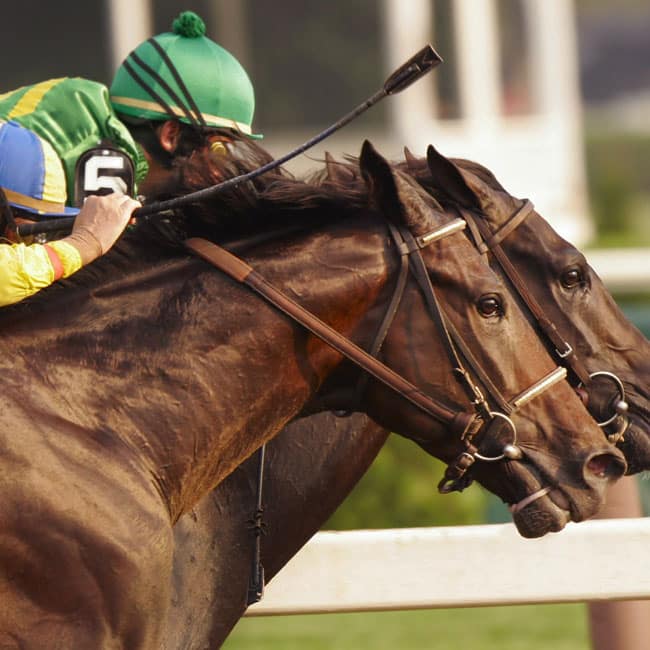
Medical Care for Racing and Sport Horses
EMA veterinarians diagnose, treat, and care for horses from the track to the show ring. We use the latest technology available, including diagnostic imaging and ultrasound, shockwave, high-intensity laser therapy, digitally enhanced lameness diagnosis, and regenerative therapy (PRP, IRAP & stem cells).
Racing and sport horses have unique problems associated with their activity. Knowing the sport helps in discovering the issues, but by being willing to look outside the norm is what EMA strives to do. We are not restricted by techniques of the past as we are always looking for the edge for you and your horse.
Wellness Care
Pre-Purchase Examinations
Insurance Consultation

Pre-Purchase Examinations
Insurance Consultation
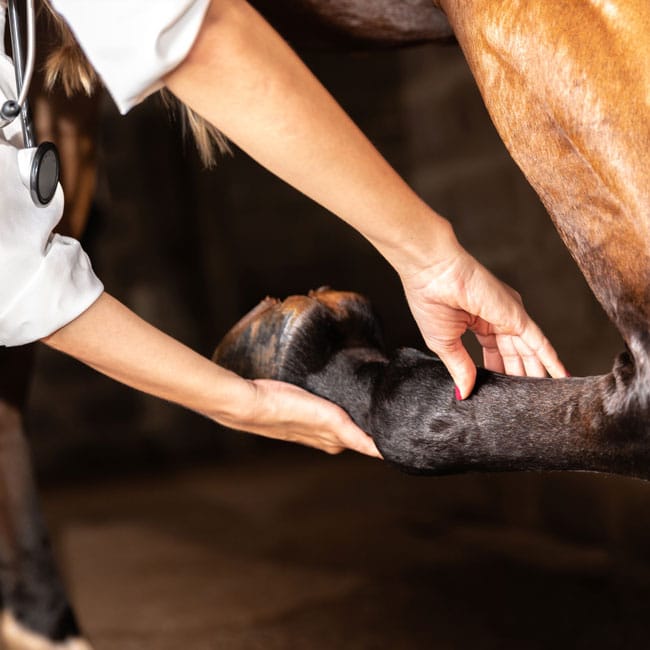
Medical Care & Consulting for Buyers & Sellers
EMA has a strong presence at Keeneland and Fasig Tipton Sales. For over 30 years, we have been representing both sellers and buyers. Services include spring survey radiographs, repository radiographs, endoscopic exams, and sales consultations. EMA maintains a strong presence at local training centers and race tracks. Successful purchasing of equine bloodstock requires complete examination and insights into the requirements of the horses’ future. Bloodstock purchases around the world are services offered by EMA.
Veterinary Services are provided at the following sales:
Equine Sales Services

Equine Sales Services
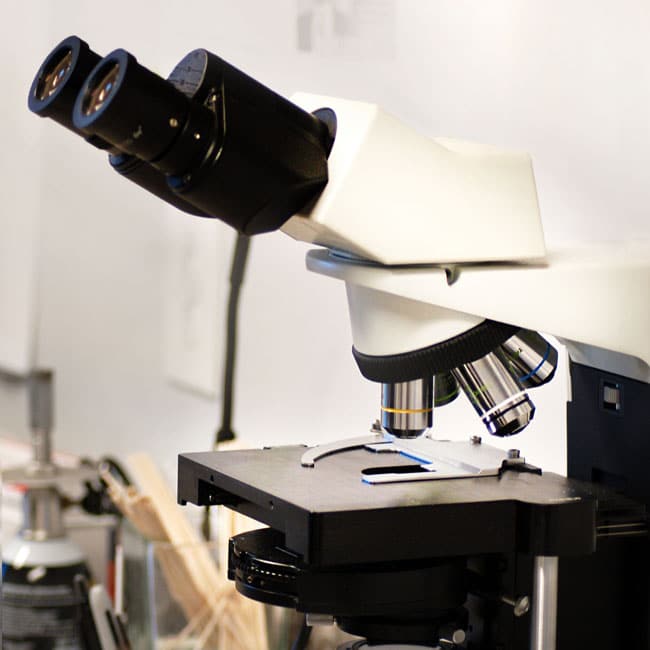
In-House Lab Services
In-house laboratory services for our clients, offering quick results and personalized service.
The EMA laboratory provides rapid, reliable, and efficient results for EMA clients. This allows us to concentrate on the timely release of your laboratory information without outside demands.
Serology
Hematology
Microbiology
Fecal Testing
Regenerative Medicine Processing
Other

Fecal Testing
Regenerative Medicine Processing
Other
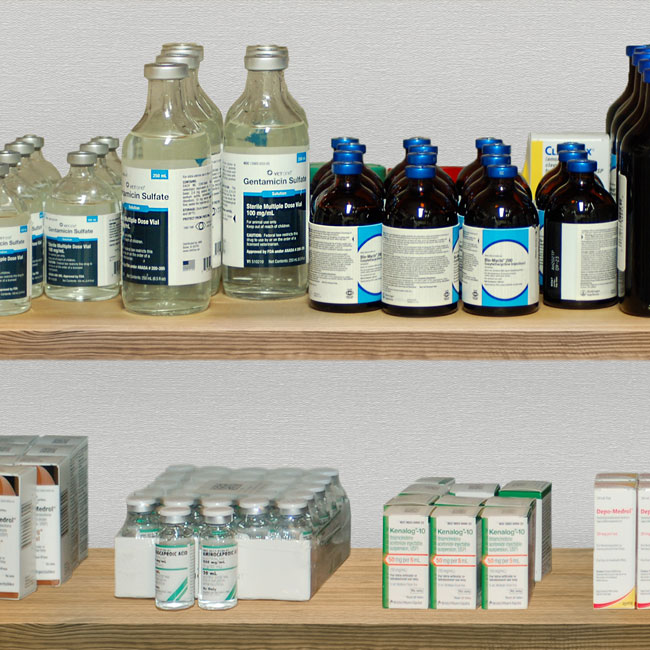
Full-Service Pharmacy
Equine Medical Associates provides our clients with an all-service pharmacy. We purchase supplies and medications with the sole purpose of supplying these to our clients only and making this a “profit center” for them. Our pharmacy is provided as an added benefit to our clients.
All orders are processed quickly and efficiently with competitive pricing. If you are not an Equine Medical client and would like to order from our pharmacy, please call our office at (859) 255-9233 to schedule an appointment with one of our veterinarians.
